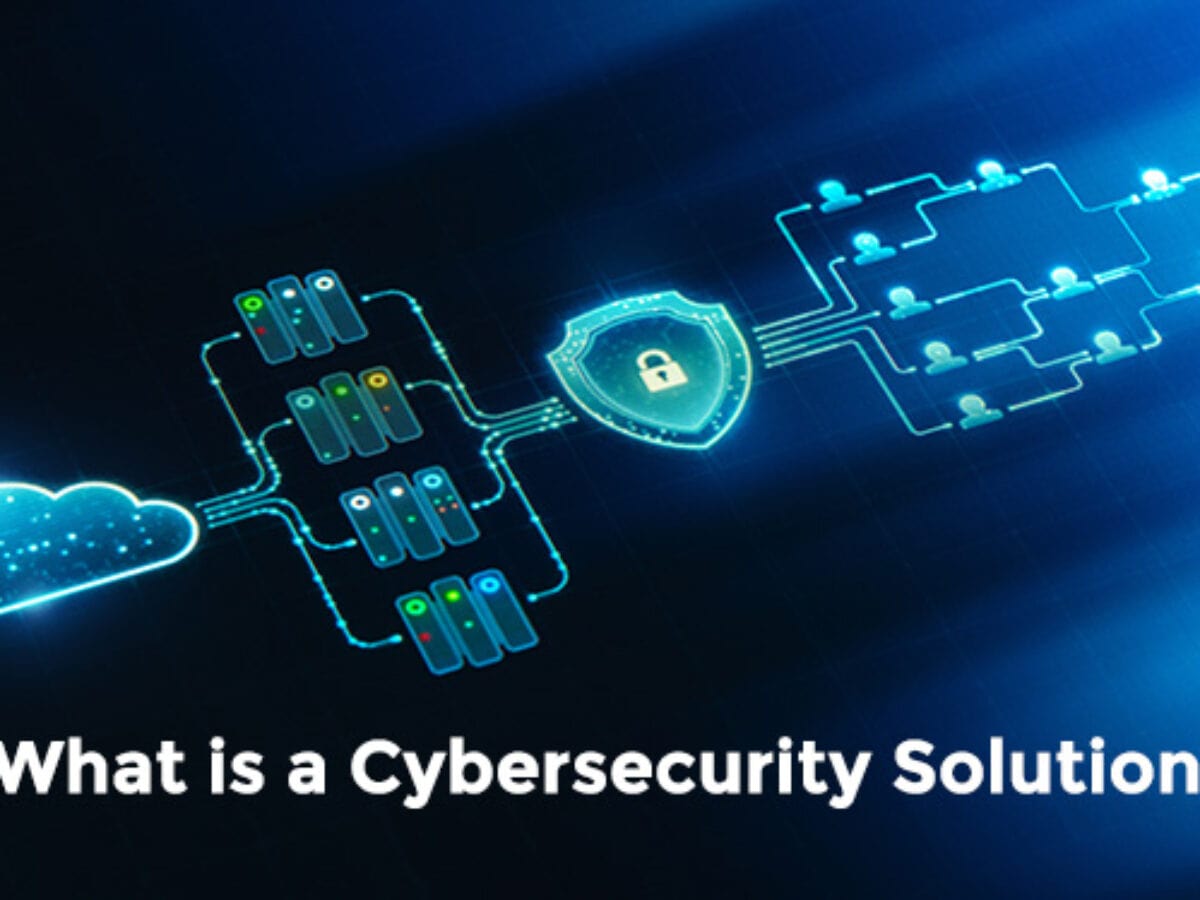In the U.S. today, a cyberattack occurs every 39 seconds (Clark School study). As the numbers rise, so does the nature of the attacks. They are complex. They are ever-changing. They are costly. They are relentless. In the face of constantly evolving cyber threats, cybersecurity solutions providers continue to innovate and advance new ways to protect sensitive data.
Industry leaders and organizations are constantly looking at ways to improve cybersecurity as a whole and mitigate cyber threats. After all, business continuity could be at stake. Read on to learn about seven trends driving cybersecurity services. With greater user awareness, enterprise mitigation strategies, and the right IT security solutions, you can improve the security infrastructure of your networks and systems.
Cybersecurity protections solve common problems
Cybersecurity is the practice of protecting an organization, network, or system from unauthorized or criminal use of electronic data. Cybersecurity solutions providers ensure the right processes are integrated to protect network security for organizations of any size, in any sector. These security vulnerabilities extend to:
Human error: Employees are the number one cause of data breaches. Even when there is no malicious intent, such as an employee falling victim to a phishing scheme or clicking a harmful link that downloads malicious code, human error opens the door to attacks.
Insider crime: Every business, large or small, faces the harsh potential of internal theft of sensitive data from within the organization. Information security solutions safeguard your assets from the inside out, by limiting who can access the data.
Insufficient processes: Another internal vulnerability emerges when a business fails to keep pace with advancements in digital security solutions. The lack of a dedicated IT team to manage cyber threat solutions and the process is another risk. That’s when it’s time to outsource cybersecurity services or take advantage of cloud-based information security solutions to protect against cyber threats.
External threats: The proliferation of hackers going after your sensitive data ranges from small-timers buying off-the-shelf tools to sophisticated cybercrime syndicates that are increasingly skilled in getting through simple defenses. It’s imperative to business continuity to integrate cybersecurity services to protect your assets.
Unsecured cloud storage: Being in the cloud doesn’t automatically mean being secure. Cloud vendors need to be evaluated, and their customers must know they have actions to take on their side to firm up security posture.
Third-party Apps: It’s very easy to find an app that meets a need, and for employees to use these apps on their connected devices. Yet many third-party apps lack the right security measures for a business. Digital security solutions help you eliminate unsafe apps or add cybersecurity features to ensure network security.

The biggest IT security threats
It’s 2022 and everyone must contend with cybersecurity threats on all fronts. Among the most notorious and devastating threats are:
1. Rising Ransomware
Ransomware attacks are a pervasive and costly problem and one of the biggest cybersecurity threat trends of 2022. Last year, U.S. banks reported ransomware payments of $590 million, a number to be eclipsed this year.
Essentially, ransomware attacks will hold files or systems hostage until a ransom is paid, usually in cryptocurrency. Even then, there’s no guarantee data will be released or recovered. Criminals look for network security holes to download a single malicious file to infiltrate a whole hard drive or system.
Organizations are especially vulnerable if an employee unintentionally (or not) downloads ransomware to their computer. The entire network could be held hostage by a Distributed Denial of Service (DDoS) and business could grind to a halt. Individuals face similar risks. These attacks know no boundaries.
2. IoT Vulnerabilities
Billions of devices comprise the Internet of Things (IoT), changing the way we connect, shop, learn, work, and live. From smart appliances and connected cars to wearable sensors and inventory control, IoT devices dominate consumer and business markets. Most people embrace the convenience and access they provide and assume their connections and devices are safe and secure.
However, that’s a big assumption. When (not if) a device is hacked or hijacked, a user’s sensitive data is vulnerable to theft and fraud. Hackers are adept at finding new gateways, like connected camera networks, to get in and access information.
Global IoT spending grew 24 percent in 2021, with businesses leading the charge in the IoT software and security space. Closing the gap on IoT vulnerabilities means addressing the communications protocols and network security that connect different devices to shore up against malicious software. When the proper network security steps are taken, an organization can take advantage of the IoT while protecting its assets.
3. Geo-Targeted Phishing Attacks
Last but certainly not least, phishing attacks continue to increase at an unforgiving pace, affecting millions of people and organizations. Cybercriminals excel at using different, sophisticated methods for their scams, which range from elaborate business email takeovers to very personalized, geo-targeted attacks.
Geolocation makes it easier to target victims with custom phishing websites or email chains. The industry continues to develop information security solutions to protect consumers and companies.
What Are Cybersecurity Solutions?
To deal with widespread threats and relentless attacks, every individual, business, government, and organization that uses the Internet should embrace cybersecurity, often referred to as IT security. Cybersecurity must be a systemic, all-encompassing effort to defend servers, mobile devices, systems, networks, and data from improper access, malicious or not. At a high level, your cybersecurity solutions should encompass these elements:
Network Security
Network security is fundamentally focused on protecting a computer network(s) from an evolving range of cyber threats, from intruders trying to place malware to targeted attacks that cripple operations with a Distributed Denial of Service scheme. Managing and controlling network access must be an essential element of your cyber threat solutions.
Application Security
Application security is focused on software and device protection via the operating system. IT security solutions should ensure that any software or application-related access to sensitive data is well protected from compromise by criminals looking for an easy way in.
Information Security
Information security is all about protecting the very integrity of data – at an organizational or individual level. Cyber threat solutions aimed at protecting data in storage and in transit must be part of the strategy.
Operational Security
Operational security is dedicated to the processes for how data is handled and assets are protected. For example, prudent organizations take concrete steps to manage access to secure data in a network or cloud by managing users’ permissions.

The top 6 trends in cybersecurity solutions
Broader information security solutions
The sheer volume of malware and phishing attacks is sobering. Anti-malware vendors contend that hackers create tens of millions of malware programs every single month, while phishing experts count over 1.5 million new phishing websites coming online in the same timeframe.
Dealing with this kind of constant onslaught takes more than individual threat detections and antivirus scanners. Broader cybersecurity solutions that encompass a wide array of offensive and defensive techniques are required to effectively defend against a whole evolving class of cyber threats.
AI and Machine Learning
Like most sectors, AI and machine learning offer important advancements in cybersecurity. As cyberattacks grow in complexity, AI helps under-resourced teams connect the dots and cut through the noise. Increasingly, humans are using machine learning to model network behavior in previous events to predict future threats and identify malicious actions earlier. These technologies can be an essential asset in improving overall threat detection and deterrence.
IoT Protection
In our connected world, the Internet of Things plays a dominant role in daily life, often managed by the most basic security features. The more devices we connect, the larger the target surface for criminals. All it takes is a botnet purchased online to gain access and wreak havoc.
Increasingly, we can expect security to increase for millions of Internet-connected devices. Industry leaders like Microsoft are working specifically on ways to stop those botnets.
Multi-Factor Authentication
Password-only authentication is dead or should be. The new standard is Multi-Factor Authentication and/or other risk-based authentication tools.
Especially in the technology and financial sectors, MFA is mandatory for every user across social media platforms, email services, and other systems. The reason why is easy to understand. MFA adds another layer of protection from unauthorized access to online accounts when users are required to add a verification code.
Transparent Access and Permissions
The past practice of local administrators and root privileges has evolved in recent years, as cyber threats become more commonplace. Now, it’s prudent and often required for programs to give users and admins the power to select who will have access, and at what levels, to applications.
The Meteoric Growth of Security-as-a-Service
As malware and ransomware attacks exploded in number and nature, so did a new solution for organizations looking for advanced, modular technologies to stem the tide. Security-as-a-Service solutions have gained popularity among companies looking for alternatives to building ground-up firewall solutions.
Typically, managed cybersecurity service providers will tailor offerings according to the needs of the organization. Working with a team of cybersecurity experts can be a real advantage to hiring in-house professionals who may be limited in what they know and what they can fix.
Cybersecurity Regulations Likely to Get Stricter
After the world’s swift shift to remote work and these trends accelerate, the need for cybersecurity became even more critical. Companies and governments alike recognize that decentralized access means increased risk. Regulations to monitor, control, and report on cybersecurity are likely to rise as well, as cyberattacks proliferate across networks.
That’s why many regulatory bodies are mandating organizations offer cybersecurity training to increase employee awareness of and response to cyber threats. When employees understand all the many kinds of scams and techniques they may be exposed to, and what security measures to take, an organization reduces its risks exponentially. Another regulatory outcome may require organizations to conduct IT audits to ensure they’re adequately protecting their networks from cyberattacks.
To stay compliant and ensure the protection your organization needs, it’s time to bring the right cybersecurity services to your enterprise.
Consult DTS
DTS provides tailored, scalable cyber solutions for small- and medium-sized organizations. We use top resources and the expertise of talented individuals with a passion for excellence to help protect our clients’ people and data.
Our approach is consultative and education oriented. You can feel confident that your DTS solution is strong, reliable, and helping to drive a culture of compliance. Choose DTS for security reviews and assessments, remediation, managed services, licenses, and fractional CIO services. Visit DTS contact page to schedule a consultation call.


